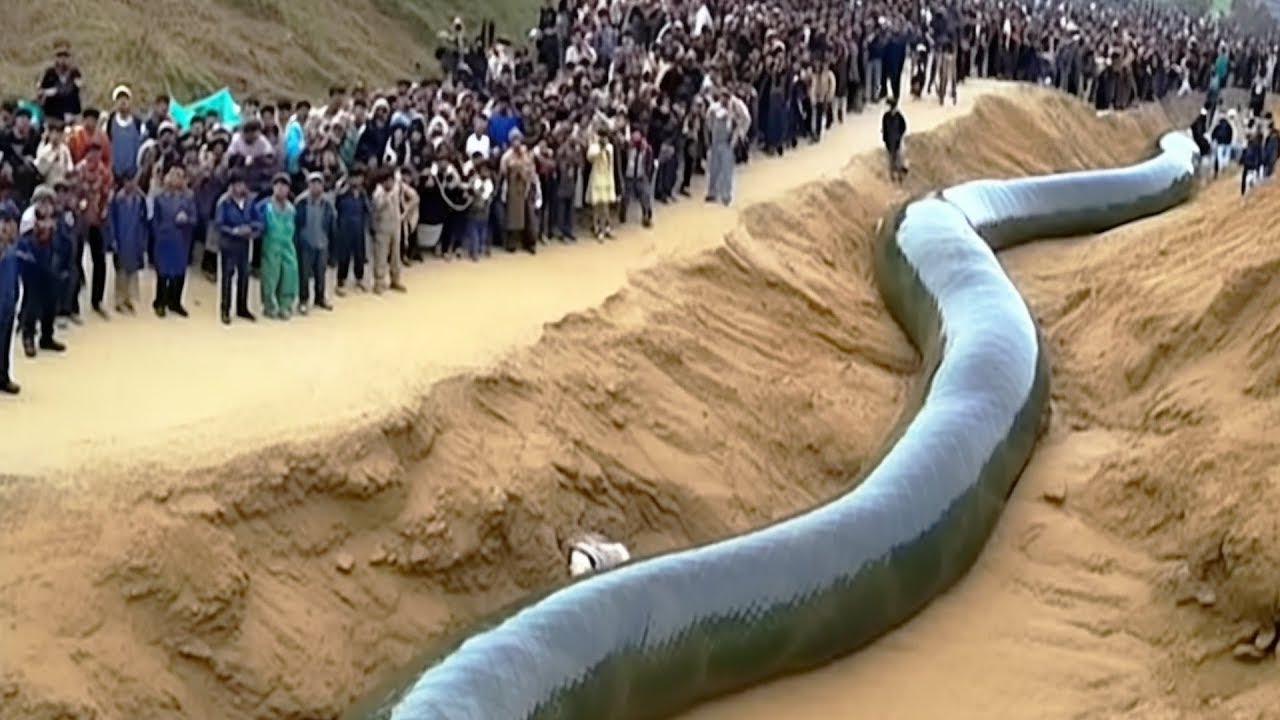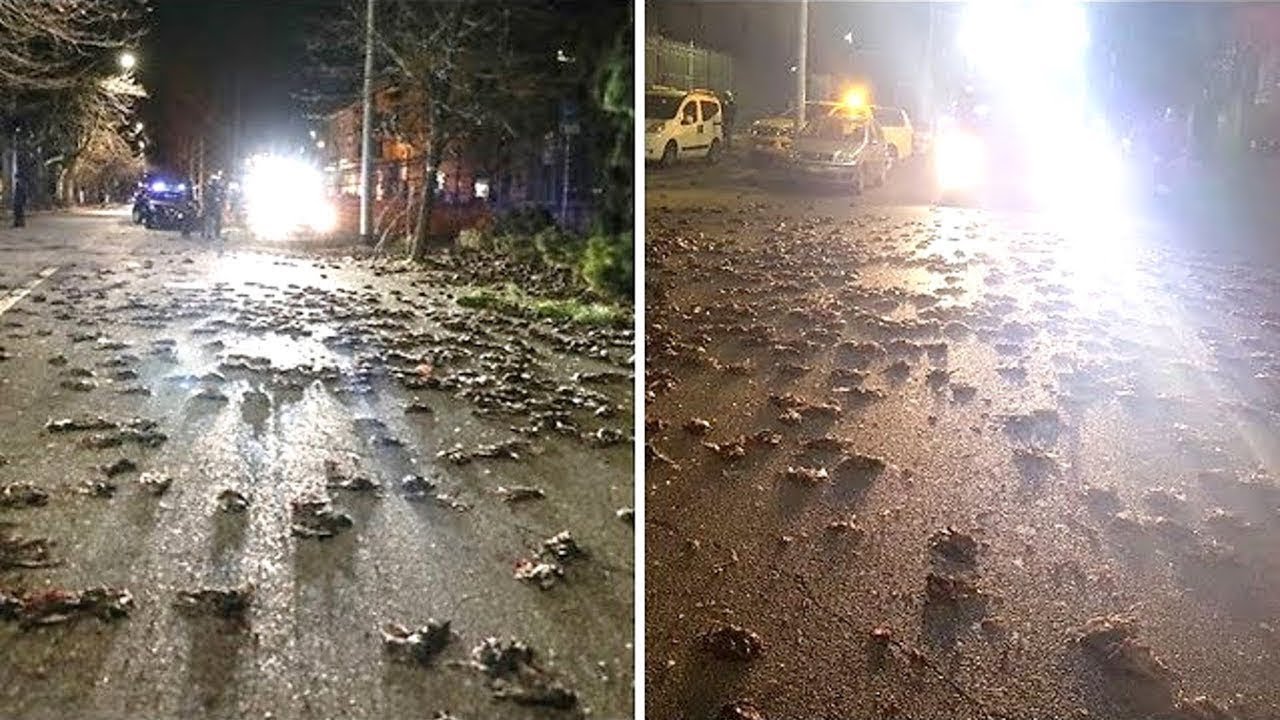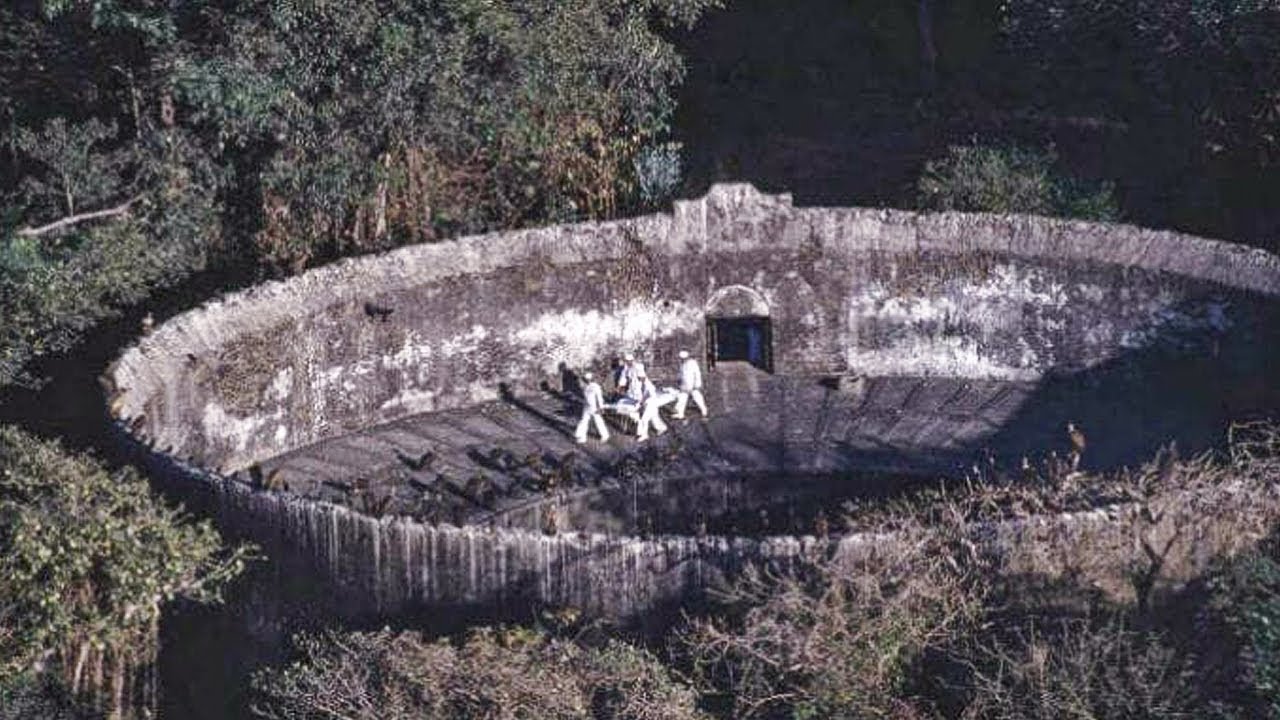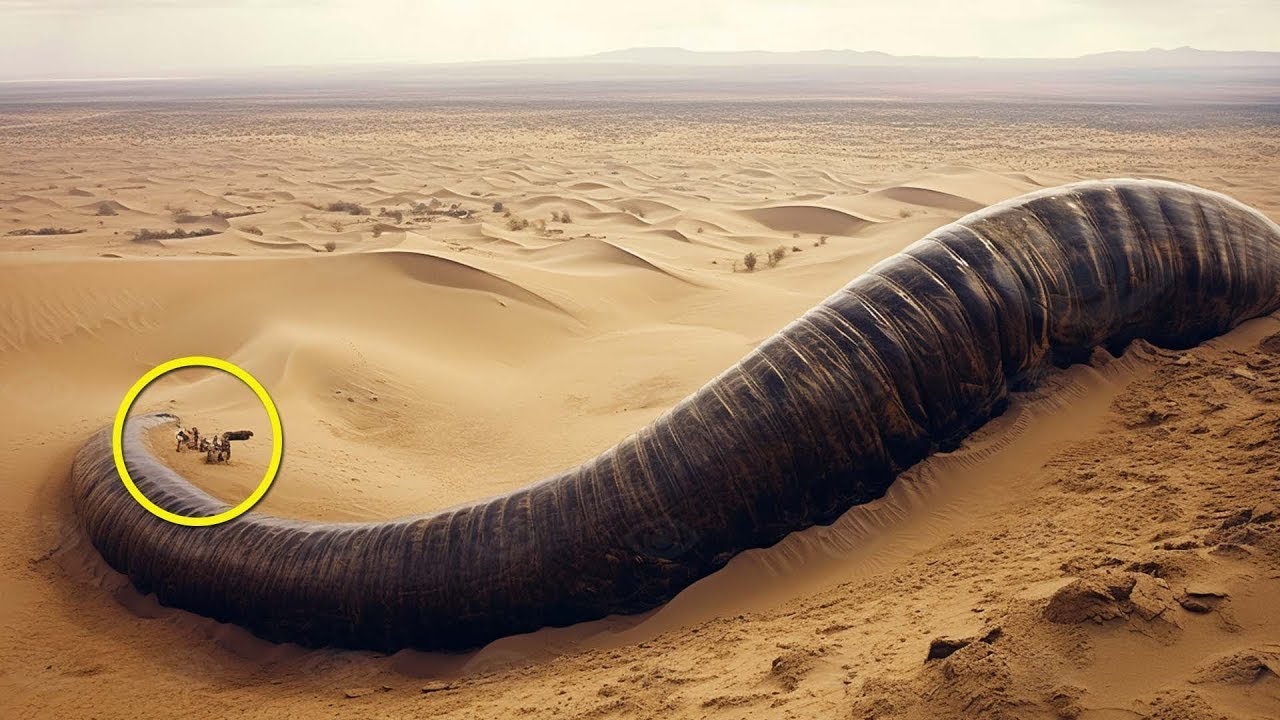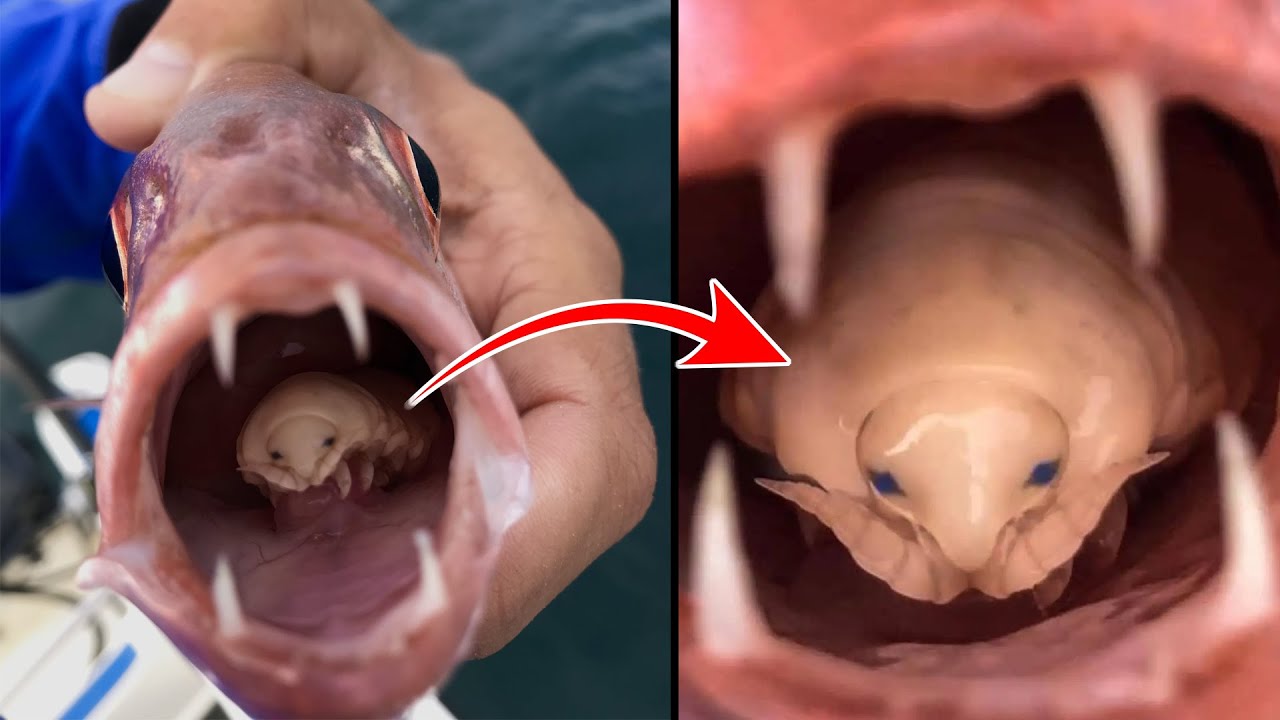A SEABEAST branded “the most beautiful 𝓀𝒾𝓁𝓁er in the ocean” because of its dazzling blue colour and potentially-fatal sting has washed up en-masse on an African beach.
The creatures, known as blue dragons, were found on Fish Hoek Beach near Cape Town in South Africa by a local grandmother out for a walk along the sand. 4The rare blue dragon has been found washed up on a beach in Cape Town, South AfricaCredit: Credit: Pen News/Maria Wagener
4The rare blue dragon has been found washed up on a beach in Cape Town, South AfricaCredit: Credit: Pen News/Maria Wagener 4The silver side of the blue dragon is its back, while its bright blue surface is actually its footCredit: Credit: Pen News/Maria Wagener
4The silver side of the blue dragon is its back, while its bright blue surface is actually its footCredit: Credit: Pen News/Maria Wagener
The sea slug, also known as Glaucus atlanticus, feeds on the deadly Portuguese man o’ war and other venomous seabeasts.
But the amazing creature absorbs the stinging cells from its food and stores them in concentrated doses, giving it a far more potent sting than its prey.
Typical symptoms of the blue dragon’s sting include nausea, pain, vomiting and acute allergic contact dermatitis.
Maria Wagener, who found the creatures, often helps beached starfish back into the water, but had a lucky escape when instinct told her to keep her distance.
“I’ve never seen them before and I’ve lived near this beach for most of my life,” she said.
“I pick up starfish all the time and put them back into the sea but I had a feeling that these would have a sting.
I had a feeling these would have a sting
Maria WagenerFish Hoek Beach resident
“I probably would have put them back in the sea if I’d had something to lift them, but no, I didn’t touch them!”
Mrs Wagener estimates that she found 20 on the beach but says there “could have been more”.
 4Around 20 of the venomous sea creatures were found washed up on Fish Hoek Beach in South AfricaCredit: Credit: Pen News/Maria Wagener
4Around 20 of the venomous sea creatures were found washed up on Fish Hoek Beach in South AfricaCredit: Credit: Pen News/Maria Wagener 4The bright blue colouring is a form of camouflage for the blue dragon sea slugCredit: Credit: Pen News/Maria Wagener
4The bright blue colouring is a form of camouflage for the blue dragon sea slugCredit: Credit: Pen News/Maria Wagener
And if there was any doubt as to whether the creatures had been ingesting venom from their prey, the grandmother found the evidence right down the beach.
“There were also a variety of other species of sea life,” she said.
“There were little blue crabs, Portuguese men o’ war, and blue shells called Janthina Janthina.”
The blue dragons were still alive and she said the “tide would have taken them back to the sea”.
Mrs Wagener shares photos of her beach discoveries on her Facebook page, Fish Hoek Beach.
“They’re a bit like a sea scorpion. They are small, about an inch in length. They’re blue on the top and white underneath,” she added.
“It wasn’t difficult to spot them on the white sand.”
The strange and rare sea creatures have an expansive ocean range – they have been found washed up on beaches in Australia and in the US.
The blue sea slugs float with their bright blue underside – actually the “foot” – facing upwards to camouflage them against the sea, and with the silver side facing down to blend in with the sky.
They are hermaphrodites, meaning they are both male and female, and when they mate both partners lay a string of eggs.

